The Great Carpenter Talks About Furniture
1. Chamfer
If you don't chamfer a woodworker, you haven't learned the skill - this is a well-known proverb in the woodworking industry. It is a proverb, but also a truth. Chamfering is a woodworking term and a common practice in modern industry. To explain chamfering in the language of modern industry, chamfering means slightly chamfering or curling the outer right angle or inner right angle of the workpiece to avoid stress concentration and avoid scratching fingers during installation and use. The starting point of chamfering is to protect the user. At the same time, compared with hard and sharp edges, rounded edges are more likely to give people a sense of intimacy.
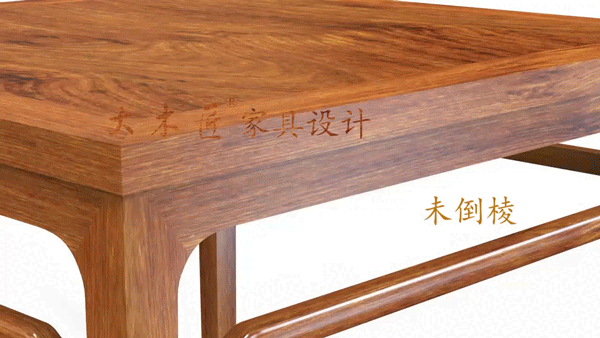
Not chamfered
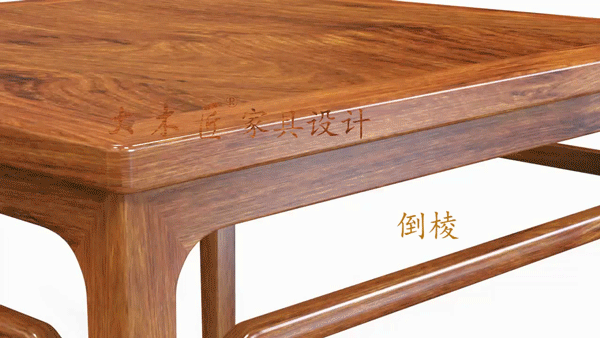
Chamfer
2. Chamfer
Chamfering is the same as chamfering, that is, rounding the corners of the workpiece. Chamfering is the rounding of the line, while chamfering is the rounding of the corner. Compared with the edge, not chamfering the corner will cause greater potential harm to the user.
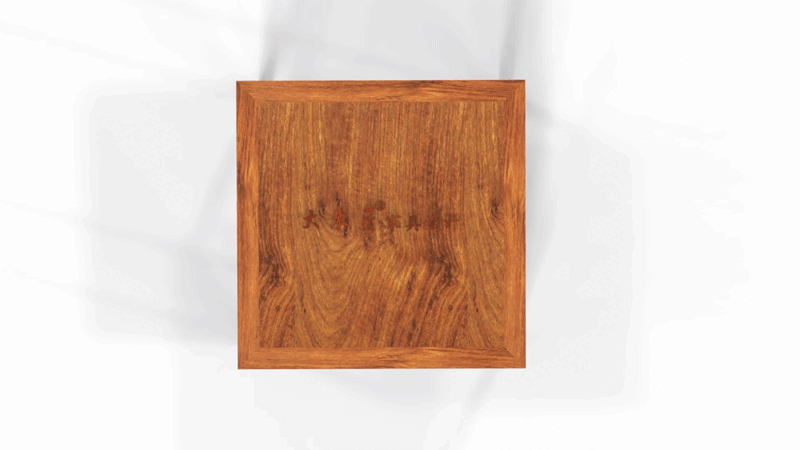
Unchamfered
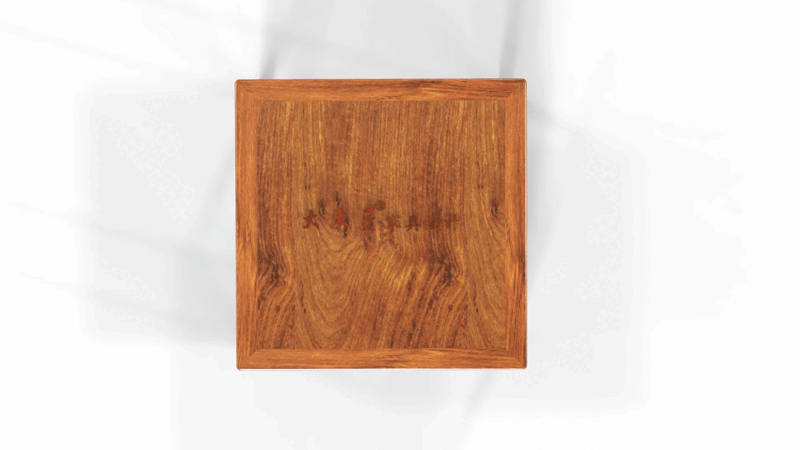
Chamfer
Chamfering and beveling are practices that reflect the humanization of furniture. Furniture with exquisite workmanship not only has the table top frame chamfered, but also the bottom of the frame and the inside of the cabinet are chamfered.
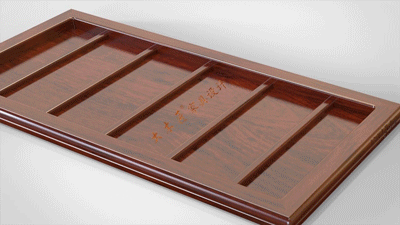
Bottom of frame
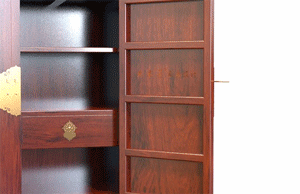
Door interior
In real life, it is easy to check whether the furniture has been chamfered by touching it. Many manufacturers, due to their lack of knowledge, believe that not chamfering is a way to show precision. This is a misunderstanding caused by not clarifying the relationship between the finished product and the accessories.
In actual processing, the chamfering process should be completed by the carpenter, rather than delayed to the grinding process. On the one hand, the chamfering of carpentry tools is much more uniform and accurate than that of grinding. On the other hand, the chamfering of many accessories, such as the threading inside the cabinet, needs to be completed before assembly. This requires the chamfering process to be completed by the carpenter.
In summary, furniture without chamfered edges and corners poses a great threat to users, especially families with children. It is important to pay attention to this detail when purchasing furniture.
At the same time, as a most basic processing method, it is hard for us to believe that furniture without chamfering and beveling can be a good piece of furniture.